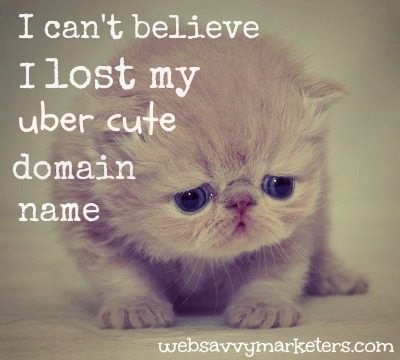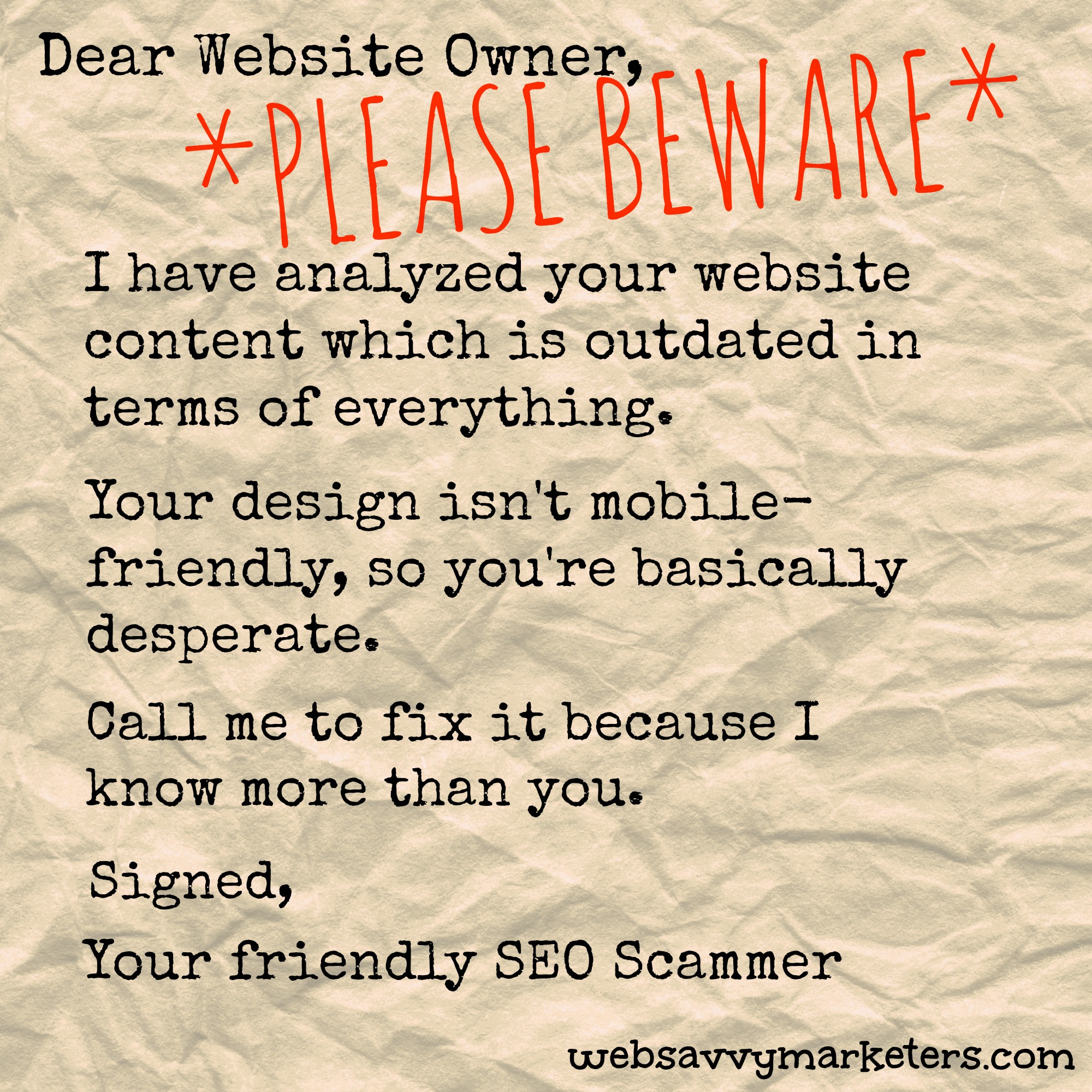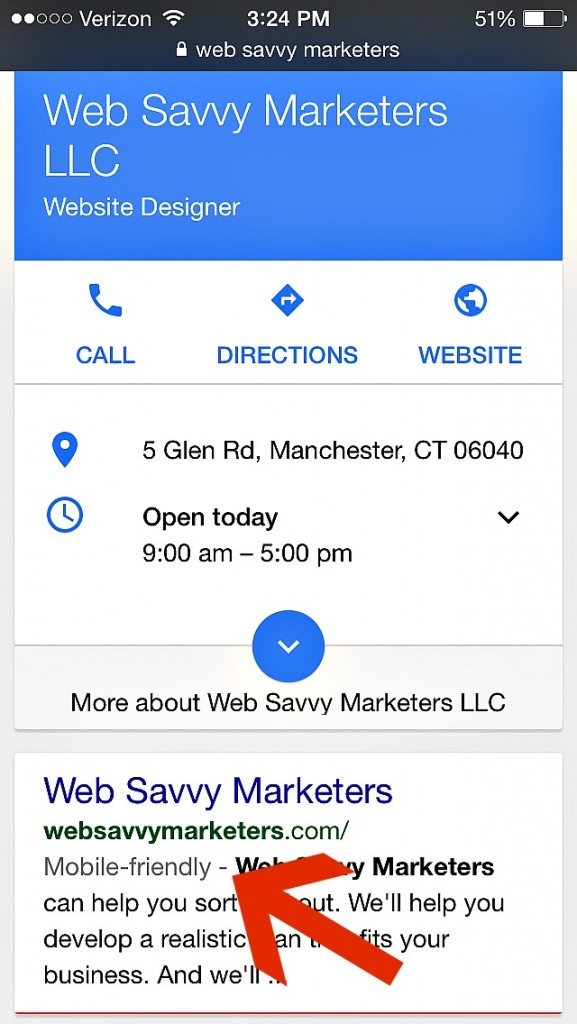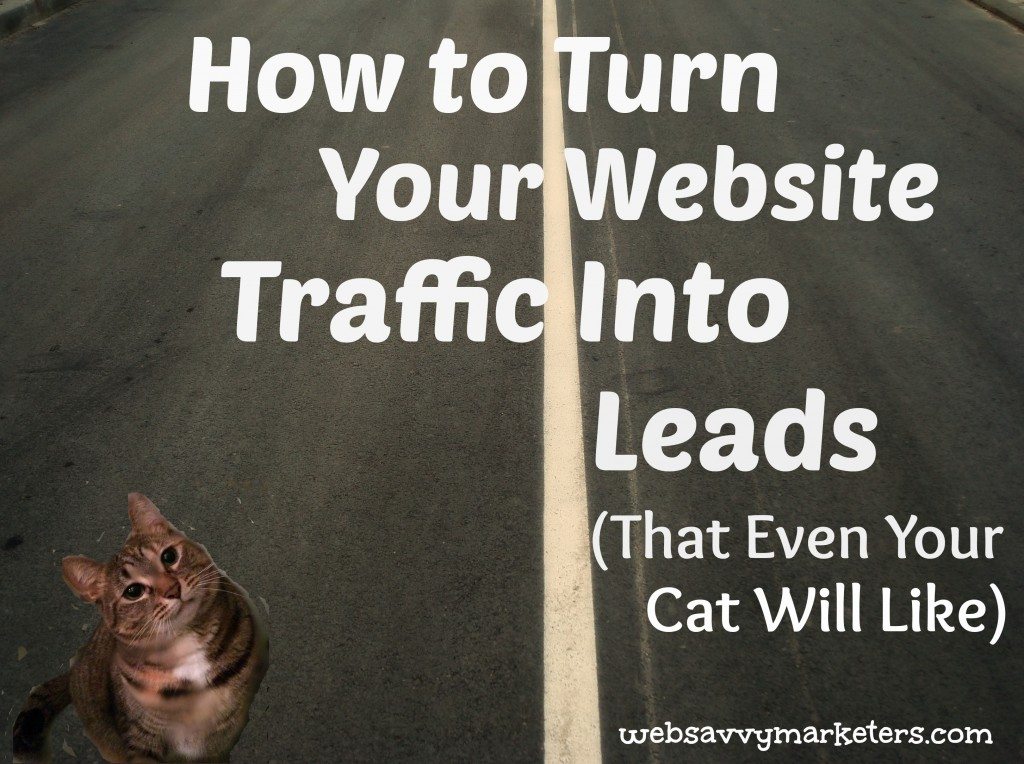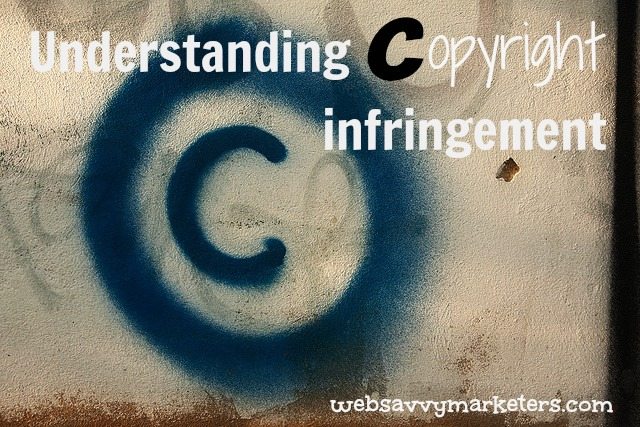
Whenever someone creates something and puts it into a fixed form, such as in paper, software, recording, or online, they own the copyright of the creation. This means that even your first drafts are protected by copyright law — whether or not it’s published, registered, or marked with a copyright symbol.
Of course, by taking extra steps to protect your work, you are not only taking your ownership seriously, you are increasing your chances for recovering damages. In the recent “Blurred Lines” copyright infringement case gripping the music industry for the last year and a half, Marvin Gaye’s family sued Robin Thicke and his co-writer for their 2013 hit “”Blurred Lines” as plagiarizing on Gaye’s 1977 “Got to Give It Up.” The Gaye family chose to be awarded $7.3 million in actual damages as opposed to choosing $9,000 in statutory damages.
What is copyright infringement?
Section 106 of the Copyright Law of the U.S.A. states that copyright gives the owner of the copyright the exclusive right:
- To reproduce copies of the work
- To create derivatives of the work
- To distribute copies of the work for sale, rental, lease, or lending
- To perform the work publicly
- To display the work publicly
In Section 501 of the copyright law, it states that “anyone who violates any of the exclusive rights of the copyright owner …is an infringer of the copyright or right of the author.” Anyone who engages in the activities deemed the to be exclusive to the copyright owner is an infringer of the copyright, unless they obtained permission.
Naturally, there are limitations and exceptions to these exclusive rights, and there are probably exceptions to the exceptions. Some of the limitations, called fair use, are listed in Section 107 of copyright law.
Original work of art cases continue to cite a Supreme court ruling back in 1883 in determining works that are protected by copyright law. Thanks to Oscar Wilde and his erstwhile photographer, your photographs can be claimed with exclusive copyrights from the moment you hit the selfie button.
What to do if your work has been infringed
If you discover that your intellectual property has been plagiarized, contact the infringer through social media, email, or through their website and ask them to remove the infringing material. Remember, your work doesn’t have to be marked with a © for you to claim infringement.
Most social media sites have their own online forms for reporting copyright infringement. You can also file a takedown notice with Google in the event your efforts for removal go unanswered.
Steps to take to protect your work
Include a policy on your website, particularly if you have a blog, that states your position on using your content. Create a permission page on your site where people may contact you to request use of your content. Include a copyright notice that states your position on the material as your own and requires permission for use.
While you don’t have to register copyrights to your work — you own it from its conception into fixed form, after all — real legal protection comes for those who are concerned about infringement by registering for a copyright. Check out Copyright Registration for Online Works from the United States Copyright Office for more information.
How to check for copyright infringement
There are a few ways to check to see if your content is being plagiarized. Copyscape will search for copies of your content on the internet with a simple copy and paste. You can also check for links back to your site to see if any content is being taken without your permission.
For checking images, you can do a reverse image search. There is a Google reverse image search, or you can use Tineye to check for misuse of your work. Since most infringements don’t involve any credit to the artist, and the title and any URL will be changed, a search by text will be ineffective.
Copyright infringement laws aren’t keeping up with the internet. According to Keeping It Legal, a senior registration specialist at the Copyright Office defines “published” as tangible material that’s distributed, which is generally considered material that’s printed. Fortunately, unpublished material is similarly covered to what is published.


